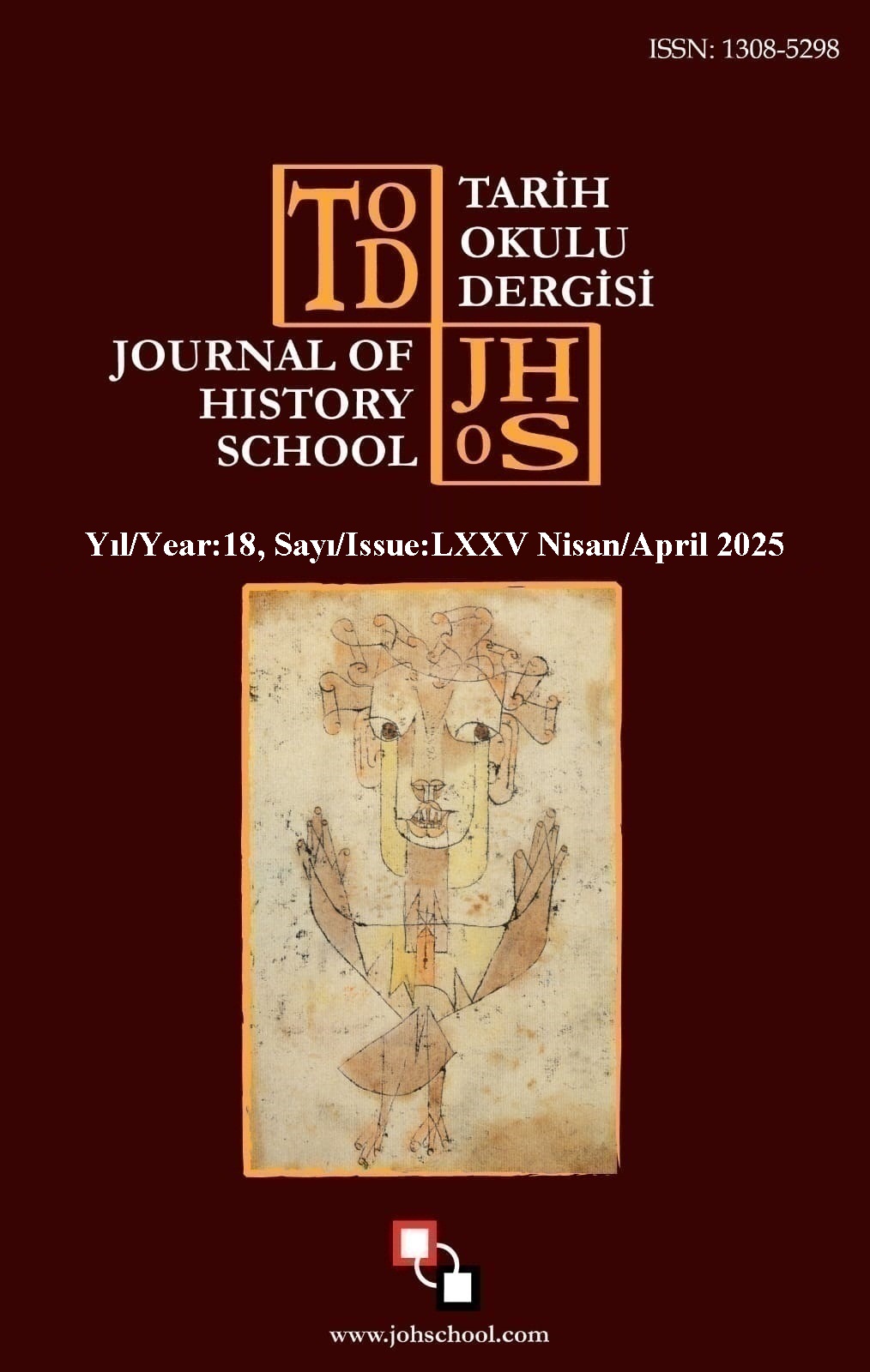Author :
Abstract
Cumhuriyet’in ilk yıllarında Türkiye, ekonomik bağımsızlık ve modernleşme hedefleri doğrultusunda kapsamlı bir sanayileşme süreci başlatmıştır. Osmanlı Devleti’nden gelen tarıma dayalı ekonomik yapı, sermaye birikimi ve teknik bilgi eksikliği gibi faktörler, Türkiye’nin sanayi alanında hızlı bir kalkınma gerçekleştirmesini zorlaştırmıştır. Bununla birlikte 1923 İzmir İktisat Kongresi ile belirlenen kalkınma hedefleri ve 1927’de yürürlüğe giren Teşvik-i Sanayi Kanunu, sanayileşme hamlesinin temel taşlarını oluşturmuştur. Bu dönemde Sümerbank, Etibank ve Karabük Demir-Çelik Fabrikası gibi stratejik kuruluşlar aracılığıyla devletin liderliğinde çeşitli sanayi yatırımları gerçekleştirilmiştir. Ayrıca 1934-1938 yılları arasında uygulanan Birinci Beş Yıllık Sanayi Planı, Türkiye’nin sanayileşme sürecini daha sistematik bir yapıya kavuşturmuştur. Ancak II. Dünya Savaşı’nın patlak vermesi, sanayi politikalarını sekteye uğratmış ve Türkiye’yi ithalâta dayalı bir ekonomik yapıya yöneltmiştir. Bu makalede, Türkiye’nin erken Cumhuriyet dönemindeki sanayileşme politikaları, devlet-özel sektör iş birlikleri ve kalkınma planları kapsamlı bir şekilde ele alınmaktadır. Devletçi ekonomi modelinin sanayiye etkileri, yerli üretimi artırma çabaları ve Türkiye’nin ekonomik bağımsızlık hedefine yönelik çalışmalar tarihsel bir perspektifte incelenmiştir.
Keywords
Abstract
In the early years of the Republic, Türkiye initiated a comprehensive industrialization process in line with its goals of economic independence and modernization. Factors such as the agriculture-based economic structure inherited from the Ottoman Empire, lack of capital accumulation and technical know-how made it difficult for Türkiye to realize rapid industrial development. However, the development goals set by the Izmir Economic Congress of 1923 and the Law on Incentives for Industry, which came into force in 1927, formed the cornerstones of the industrialization move. During this period, various industrial investments were realized under the leadership of the state through strategic institutions such as Sümerbank, Etibank and Karabük Iron and Steel Factory. Moreover, the First Five-Year Industrial Plan, which was implemented between 1934 and 1938, provided a more systematic structure to Türkiye’s industrialization process. However, the outbreak of World War II interrupted industrial policies and led Türkiye to an economic structure based on imports. This article provides a comprehensive analysis of Türkiye's industrialization policies, state-private sector cooperation and development plans in the early Republican period. The effects of the statist economic model on industry, efforts to increase domestic production, and Türkiye's efforts to achieve economic independence are analyzed in a historical perspective.





